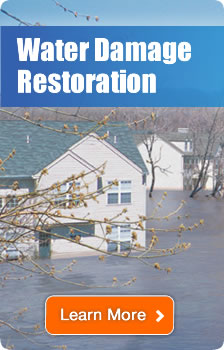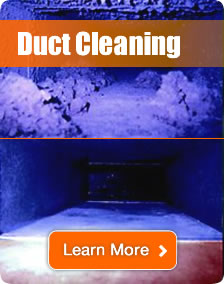Allergy & Asthma
 Since about 1980, asthma prevalence and asthma-related hospitalizations and deaths have increased alarmingly. Recent studies have suggested that indoor exposure to dust mites, cockroaches, mold due to water damage and other causes, soot and smoke, pet dander, tobacco smoke, and other biological and chemical pollutants, are influencing the course and severity of asthma, and/or allergic reactions. We are concerned about the potential health risks to you and others within your building due to poor indoor air quality, exposure to contaminants or exposure to various molds.
Since about 1980, asthma prevalence and asthma-related hospitalizations and deaths have increased alarmingly. Recent studies have suggested that indoor exposure to dust mites, cockroaches, mold due to water damage and other causes, soot and smoke, pet dander, tobacco smoke, and other biological and chemical pollutants, are influencing the course and severity of asthma, and/or allergic reactions. We are concerned about the potential health risks to you and others within your building due to poor indoor air quality, exposure to contaminants or exposure to various molds.
The current situation in schools is not better, as student asthma and allergy rates climb increasingly higher. For instance, state officials in Massachusetts found the prevalence of asthma within their school districts averaged 9.2%, which was a cause for alarm among public health advocates. Among the potential causes cited were: poor indoor air quality (IAQ), mold, water damage and fire damage, dust mites, and other environmental pollutants.
There is a correlation between the prevalence of human exposure to indoor air pollution and increasing rates of asthma incidences.
Quick Facts About Allergies & Asthma
| ALLERGIES: | ASTHMA: |
| 40-50 million sufferers | 20 million sufferers |
| 36 million seasonal allergies | 9 million children |
| 31 million sinus sufferers | More than 4 million suffered an asthma attack |
| $6 billion spent per year | More than 10 billion spent per year |
| 8 million doctor office visits per year | More than 10 million doctor office visits per year |
At TERS, we:
- Developed science-based assessment techniques for allergy and/or asthma factors present in indoor air.
- Present our clients or their healthcare professionals with vital information based on testing and the ensuing laboratory analytical results so appropriate action can be taken.
- Have only the best experts in indoor air quality, mold and toxic mold.
- Use state-of-the-art equipment and certified inspectors analyze and solve your problem.












